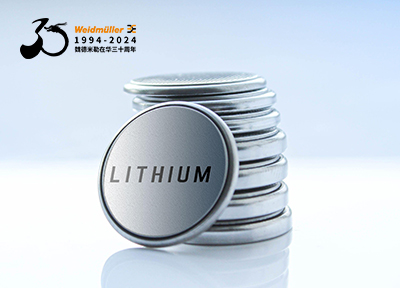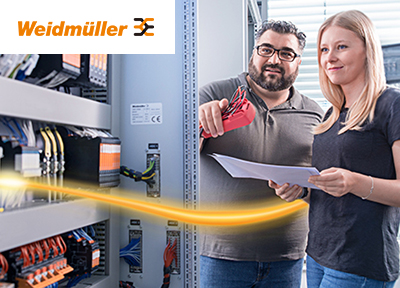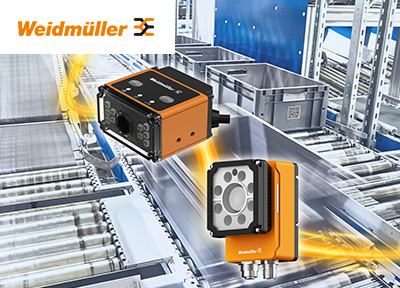Consider a home cooling system, for example. Most thermostats use a “bang-bang” control algorithm that compares the actual room te
控制工程网版权所有, a time-proportional controller can emulate the effects of a continuous actuator. In teh top examplewww.cechina.cn," src="http://www.cechina.cn/upload/article/319ecdf9-4bd4-438d-a600-1db482ae9e67/1.gif">
By cycling a discrete actuator on and off控制工程网版权所有, a time-proportional controller can emulate the effects of a continuous actuator. In teh top examplewww.cechina.cn, the controller is attempting to achieve a 50% control effort by keeping the actuator in the "on" position 50% of the time. In the bottom examplewww.cechina.cn, the controller is trying to achieve a 75% control effort by turning the actuator on for 3 duty cycles then off for 1.
The thermostat could achieve tighter control with a continuous actuator such as a motorized damper that would continuously allow a measured amount of chilled air into the room. Those are common in commercial HVAC applications but are typically too expensive for home use.
But with time-proportional control, a home thermostat wouldn’t need a continuous actuator to emulate its effects. It could use the air conditioner’s on/off switch to regulate not the amount of cool air being dumped into the room but the duration of each blast. To achieve an X% control effort, the thermostat would simply turn the air conditioner on for X units of time then off for 100 minus X units of time.
If those units are small compared to the time it takes to cool the room (a few minutes or so)


 在线会议
在线会议 论坛
论坛 专题
专题 工控直播
工控直播 新闻中心
新闻中心 子站
子站 技术
技术 社区
社区


 剑维软件电子半导体行业白皮书有奖下载
剑维软件电子半导体行业白皮书有奖下载 魏德米勒麒麟系列产品赋能本土工业
魏德米勒麒麟系列产品赋能本土工业 Fluke 283 FC 智能万用表震撼来袭
Fluke 283 FC 智能万用表震撼来袭 SugonRI2.0工业编程平台免费有奖试用
SugonRI2.0工业编程平台免费有奖试用 IDEC HR8S系列新一代安全继电器有奖试用活动
IDEC HR8S系列新一代安全继电器有奖试用活动



























